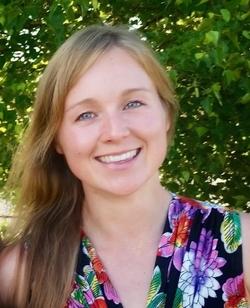April 6, 2018
Recognizing Impact: Erin Laurel Stephenson
Erin Laurel Stephenson is a PhD student in the Neuroscience Graduate Program. Erin’s research focuses on the chronic inflammatory and degenerative disease multiple sclerosis (MS). In MS, immune cells traffic from the blood into the brain in large numbers and this is associated with irreversible damage.

Erin Laurel Stephenson
Erin’s research work is focused on elucidating the mechanisms through which these immune cells gain the momentum to cross the blood brain barrier. An important driver of immune cell entry is the brain matrix, a network of proteins and sugars that change during brain injury to enhance immune cell infiltration into the brain. Erin’s work has identified specific components of the brain matrix that are responsible for promoting immune cell entry into the brain, and in collaboration with the laboratory of Dr. CC Ling (Department of Chemistry) is currently developing new medications that target these components to reduce immune cell trafficking, which represents an important step forward in a new avenue of MS research.
MS is a major cause of neurological disability in young adults in Europe and North America. While there are therapies that reduce symptoms, there are no current therapies to halt the progressive disability of MS. MS remains incurable, and its cause is still elusive. Erin’s research impacts the community, province and the world as her research lends new insights and medications to reduce the trafficking of immune cells across the blood brain barrier. In so doing, her research provides clues on how to stop the immune assault on the brain. It impacts the MS community as it will provide new directions to help brain pathology in MS. It affects the province because MS is highly prevalent in Alberta. Indeed, Alberta has been called the MS capital of the world. It impacts the world because MS is a problem worldwide.
This image was generated by Erin during her research on brain inflammation in MS. It shows a single blood vessel saturated with immune cells that then gain entry across the blood brain barrier. Erin has defined how the trafficking occurs and has described medications to reduce that trafficking. Beyond her research, Erin spends a lot of time in the mountains hiking, climbing, biking, skiing, and also runs and plays on a few hockey teams. Outside of athletics she volunteers with Special Olympics Calgary, helping to coach adults with intellectual disabilities.
